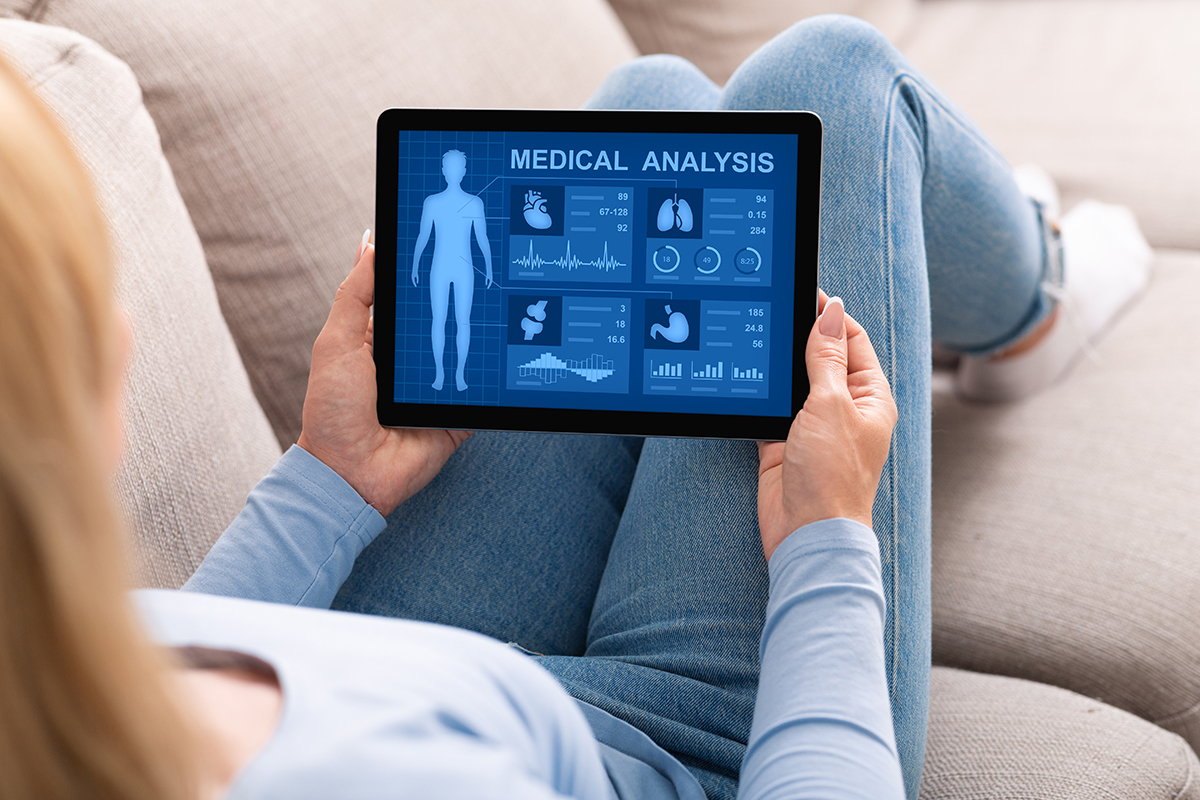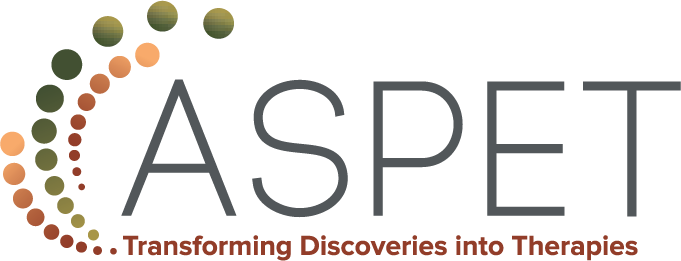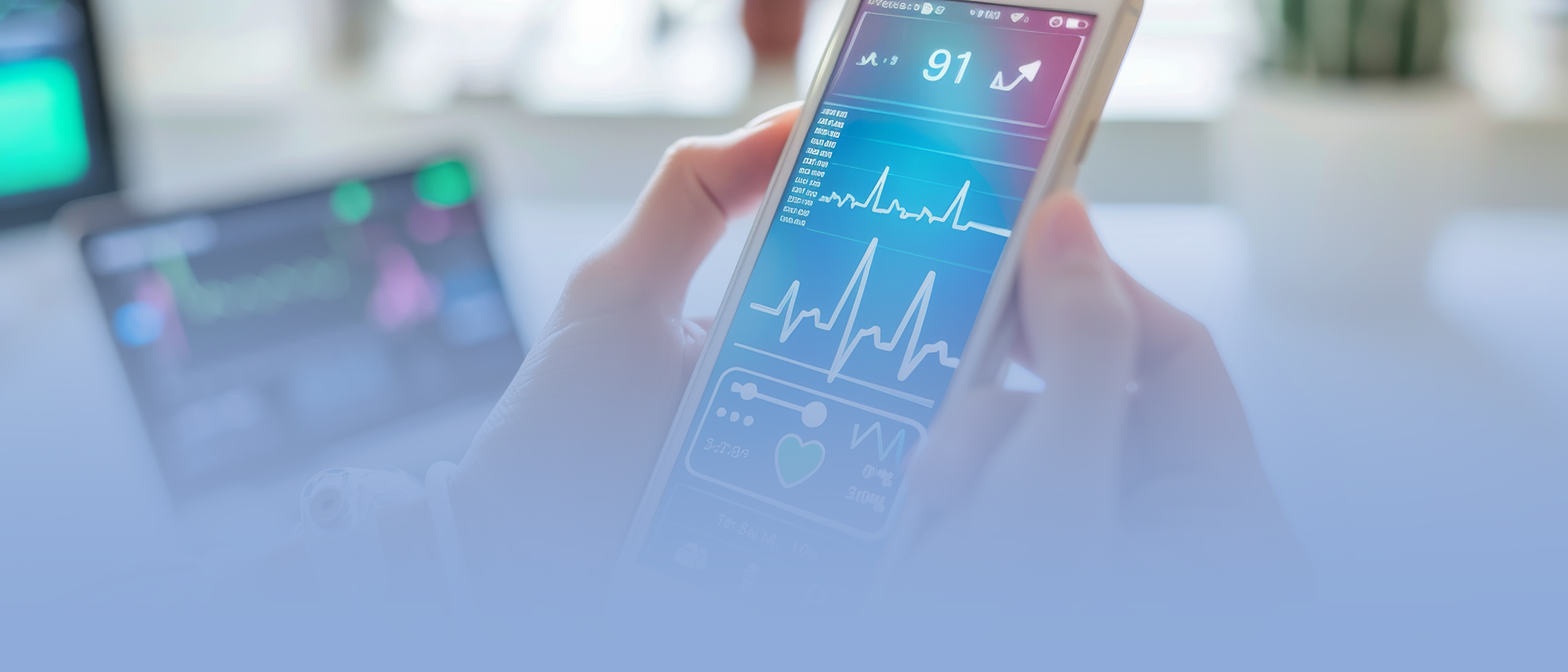By a show of hands, how many of you reading this article use a mobile app to manage your health? The term digital health has gradually become part of our lives, maybe more than you realize. It allows us to schedule appointments, view our medical records and test results, consult with our healthcare professionals, control our exercise routines, closely monitor health conditions, pay our medical bills, and so much more. Many of these tasks are accessible via mobile apps on smartphones and smart watches; but what exactly is digital health and how does this emerging model for delivering health care intersect with traditional forms of administering therapies to patients?
Healthcare at Your Fingertips:
What is Digital Health?
According to the U.S. Food and Drug Administration (FDA) the term digital health encompasses a broad scope of categories that include mobile health, health information technology, wearable devices, telehealth and telemedicine, and personalized medicine. The FDA also states that digital health tools have the potential to improve the ability to accurately diagnose and treat diseases and to enhance the delivery of health care for individuals.
Digital health technologies use computing platforms, connectivity, software, and sensors for health care and related uses. These technologies span a wide range of uses, from applications in general wellness to applications as a medical device. They include technologies intended for use as a medical product, in a medical product, as companion diagnostics, or as an adjunct to other medical products (devices, drugs, and biologics). They may also be used to develop or study medical products.
Digital Health Benefits and Regulation
Digital health technologies empower individuals in the management of their personal health. Being able to track one’s blood pressure, A1C levels or overall weight, not only informs someone about their health and wellness, but it can also help to stimulate conversations with health care professionals due to increased connectivity via mobile app technologies. This convergence of technology, access and increased personal knowledge leads to improvements in health care outcomes for patients.
The Digital Health Advisory Committee was authorized by Congress in October 2023. The committee advises the Commissioner of Food and Drugs on issues related to digital health technologies and FDA policies and regulations about these technologies. Their expertise and perspective help to improve the FDA’s understanding of the benefits, risks and clinical outcomes associated with the use of digital health technologies. They assist with identifying risks, barriers or unintended consequences that could result from proposed or established FDA policy or regulation for topics related to digital health technologies.
At its 2024 meeting this month, the committee will discuss total product lifecycle considerations for generative AI-enabled medical devices and how the use of generative AI-may impact safety and effectiveness of medical devices enabled with this technology.
The Federal Trade Commission also provides further guidance for developers of mobile health apps via its Mobile Health App Interactive Tool. This resource addresses privacy and security laws, and the relevant federal laws and regulations that app developers need to comply with when developing their app for the public.
Can Digital Therapeutics Overlap with Traditional Therapies?
The American Psychological Association (APA) reported that, within the mental health space, some digital therapeutic apps can cost between $300 and $1500 per year and are usually not covered by insurance. Stephen Schueller, PhD, an associate professor of psychology at the University of California, Irvine, said to APA, “Evidence suggests that people benefit most from digital therapeutics when the apps are used in conjunction with some form of human support.”
So, can an era of digital therapeutics work in tandem with traditional therapeutics?
C. Vaile Wright, PhD, a clinical psychologist and the senior director of health care innovation at APA, highlighted the synergies between digital and traditional therapeutics. She spoke on the APA flagship podcast, Speaking of Psychology, explaining how digital and traditional therapeutics can work together to treat some mental health conditions.
Using cognitive behavioral therapy (CBT) as an example, Dr. Wright said that digital therapeutics have “digitized” well-established treatments for CBT. Though she said the concept has existed for some time, the sophistication of the technology is novel.
“Let’s say you are somebody who’s interested in using CBT for insomnia, and your chronic insomnia issue is that you have problems falling asleep, but not necessarily staying asleep, or waking up too early. And so, these AI-driven devices can actually personalize the treatment and the interventions that they offer you based on what it is that you’re presenting. So, they would help you with how to fall asleep but wouldn’t necessarily give you skills on how to stay asleep because that’s not what you need. That’s really what makes them unique.”
Despite this personalization and the potential for it to be more cost-effective for some individuals, she stressed that, in the case of in-person therapy, providers are still an important part of the equation in helping a patient cope with a mental health condition.
“[Digital therapeutics is] not going to replace [health care professionals] in any way, but instead, providers help determine whether a digital therapeutic is appropriate for a patient,” said Dr. Wright.
“A recent meta-analysis came out that showed that when these types of digital mental health interventions have provider involvement, they’re actually more effective. So, we think it’s a pretty critical component,” Dr. Wright added.
“I think there’s always going to be the need for high-touch levels of care, from person to person, on a weekly sort of 45-minute psychotherapy basis,” said Dr. Wright. “And I think digital therapeutics can be an important tool for providers to address access and efficiency in care.”
She also illustrated that digital therapeutics can be used to address and supplement specific issues that hamper the effectiveness of the mental healthcare system.
“We know that wait lists are incredibly long right now, so maybe you’re a parent and your child has recently been diagnosed with ADHD. You want them to have medication and psychotherapy, but the psychotherapy wait list is six months. Could you use a digital therapeutic design for ADHD in that meantime, while you’re waiting on that wait list? That’s one example,” said Dr. Wright.
Dr. Wright does concede there are drawbacks to digital therapeutics; one of them is a lack of coverage under traditional health insurance.
“Currently there’s no universal way for reimbursing digital therapeutics within our traditional healthcare system,” Dr. Wright said. “And I think ideally, we want to get to a place where we have broader access because we have more traditional reimbursement, but we’re just not quite there yet.”
Digital therapeutics is not going to replace health care professionals in any way, but instead, providers help determine whether a digital therapeutic is appropriate for a patient.

Combining Digital Therapeutics with Pharmaceutical Drugs
In an article published in Frontiers in Neurology in 2019, Cameron S. Metcalf, PhD, a research assistant professor at the University of Utah, and his colleagues suggest that digital therapeutics and mobile apps can potentially help manage diseases. They found that using specific musical compositions in addition to therapeutic drugs improved survival in mouse models with pain and epilepsy. Their research results at the time prompted them to recommend more “translational research on integrating non-pharmacological and pharmacological interventions for pain and epilepsy using digital therapeutics.”
Their attempt to spearhead research on what they described as “an increasing interest in non-pharmacological therapies for the treatment of a number of disease states,” led them to investigate the influence of music in combination with conventional drug therapies in treating pain and epilepsy.
The researchers explained that to the best of their knowledge, this was “the first study in animal models of pain illustrating how exposure to music can enhance the antinociceptive activities of analgesic drugs.”
They discovered encouraging evidence in the power of music to help reduce pain.
“Our current work supports further investigation of combining music-based interventions with analgesic compounds to develop novel therapies for pain,” the researchers said. “Our preliminary results that music treatment concurrently reduced pain and paw edema in the inflammatory model of pain warrants more studies in arthritis-related animal model.”
While this research focused on music, the experts supported the need for more research that included digital and traditional therapeutics.
“Using digital therapeutics to deliver non-pharmacological interventions such as music and/or physical exercise creates new opportunities for combining these modalities with pharmacotherapies and clinically validated natural products,” said the researchers.
They pointed out that some digital options including mobile medical apps and even video games used in the treatment of diabetes, addiction, stroke and traumatic brain injuries, had received regulatory approval. Their support for what they termed “drug-device combination products” as a means of elevating the options for patients searching for novel treatments for chronic diseases.
Specifically for pain and epilepsy, they stated, “this drug-device combination strategy has apparent benefits to treat pain or epilepsy because digital therapeutics can simultaneously target depression as a comorbidity. Since antidepressants and psychotherapies have comparably low remission rates in patients with depression, delivering depression-related digital content (e.g., physical exercise and music) may help to ameliorate depressive symptoms.”

Digital therapeutics and mobile apps can potentially help manage diseases.
Overcoming the Obstacles to Access
Dr. Wright makes a clear distinction that digital therapeutics are designed to help treat disorders, not just teach coping skills.
Referencing mental health during the APA interview, she said, “[Digital therapeutics] deliver evidence-based and validated psychological treatments, to treat things like depression or anxiety, and a variety of different mental health disorders. I think where it gets confusing is that these are not direct to consumer apps that you can download off the app store of your choice.”
Although Dr. Wright points to a recent surge of new digital therapeutic products, consumers and medical professionals are not always aware of them. This lack of knowledge is causing a barrier to wider access to suitable treatment options. In addition, she said that because traditional healthcare providers have been slow to incorporate digital therapeutics into their medical plan options, widespread knowledge and usage is being hampered. Therefore, educating the public is a priority for her.
“We’re really trying to get education out to both consumers, but also providers. That these are new opportunities, new tools, and to seek them out.” Dr. Wright also said that more needs to be done to “address the regulatory barriers and the reimbursement barriers.”
“Ideally, when we solve both of those, our next step is going to have to be, ‘How do we help providers know how to use these in their practice? How do they incorporate them into their workflow in a way that is assistive, and not just another administrative burden?’ So, I think there’s a lot of work to be done.”
Dr. Wright stressed the importance of making sure that consumers and medical professionals understand digital therapeutics.
“I think the biggest challenge is lack of understanding of what these are, and what they aren’t. I think they often get conflated with wellness apps,” she said.
“And so, helping people really understand how digital therapeutics are different, how they’re meant to provide a different service, and how we have a higher expectation in terms of their being able to demonstrate effectiveness and safety, I think if we can get people to really understand that, then we can make better inroads on the barriers,” Dr. Wright attested.
Looking Ahead
Dr. Wright explained that companies developing digital therapies still have a long way to go. She noted that many people are just trying to navigate the regulatory steps to approval by the FDA.
“I think that they are still trying to determine what regulatory path they want to go down, how can they continue to get the research that they need in order to demonstrate the efficacy of their products, and how do they get them paid for?” she asked.
Dr. Wright also hopes that a better understanding of digital therapeutics will lead to wider acceptance in incorporating them into health care offerings by medical providers.
“People just don’t understand what they are, and when we don’t understand what something is, we get hesitant,” she said. “And that’s what we’re really seeing right now. We’re seeing a lack of urgency by policymakers on moving forward and really figuring out solutions to incorporate these into healthcare. But we’ve got to do it.”
Author
-

Tricia McCarter, CDMP, PCM, is ASPET’s Senior Coordinator of Marketing and Communications and the Managing Editor of The Pharmacologist. She has more than five years of communications and marketing experience within the non-profit industry. She holds a master’s degree in journalism and a double certification as a Certified Digital Marketing Professional through the Digital Marketing Institute and a Professional Certified Marketer in Digital Marketing through the American Marketing Association.
View all posts



